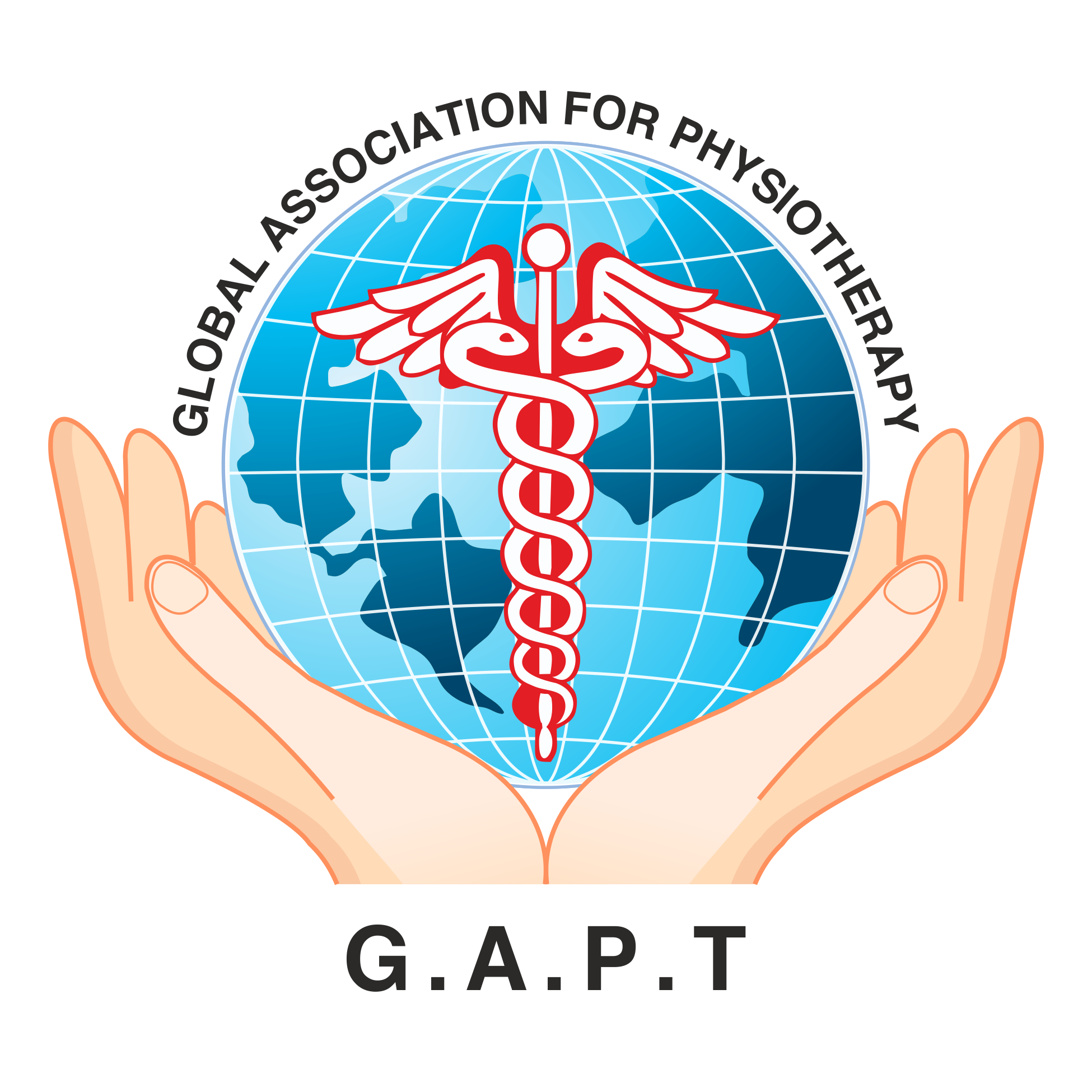THERE, in the one part of your body you talk about in a hush hush tone (or you don’t even talk about)! Living with chronic pelvic pain (CPP) is bad enough on its own, however, it’s never just about the pain, often with this condition. It’s all about the stigma, feeling ignored and helpless, the popple effect on career and relationships. It’s a pain that is simply not taken seriously enough by doctors sometimes and is tagged as ‘all in your head’. It’s also not well understood even. Because of this, many of us (males and females both) are under-diagnosed or remain symptomatic for months to years, before right diagnosis is made and effective therapies are tried (if tried). 𝗜𝗻 𝘁𝗵𝗲 𝗰𝗮𝘀𝗲 𝗼𝗳 𝗳𝗲𝗺𝗮𝗹𝗲𝘀, CPP falls into the gulf of ‘women’s diseases’ ( so overlooked), diseases that don’t kill you (so not important) and some are related to menstrual symptoms even (so forbidden)”.
𝗦𝗼 𝘄𝗵𝗮𝘁 𝗲𝘅𝗮𝗰𝘁𝗹𝘆 𝗶𝘀 𝘁𝗵𝗶𝘀 𝗖𝗣𝗣…𝗶𝗻 𝗲𝗮𝘀𝗶𝗲𝗿 𝘁𝗲𝗿𝗺𝘀? Pelvic pain is a pain occurring anywhere below the umbilicus and within the pelvic cavity (note that the referred pain may also be present in other parts of the body because pelvis is the junction of many parts including those seemingly far away and also due to a phenomenon attached with it called as central sensitisation). It is categorized as chronic if it persists longer than 6 months or earlier if the phenomenon of central sensitisation is present.
𝗪𝗵𝗮𝘁 𝗶𝘀 𝗶𝘁 𝗽𝗿𝗲𝘀𝗲𝗻𝘁 𝗹𝗶𝗸𝗲? Pain is too severe to stop from doing the ADLs including the occupational and recreational activities creating a big toll on individuals. Pain characteristics can vary person to person such as it may be constant or intermittent and sharp or dull. It may occur/aggravate during periods (aka dysmenorrhea). It may cause allodynia and hyperaesthesia too. Chronic pains usually affect our life’s all aspects viz. interpersonal, sexual, social, emotional and occupational. Depression is markedly associated with it.
𝗖𝗣𝗣 𝗴𝗶𝘃𝗲𝘀 𝗿𝗶𝘀𝗲 𝘁𝗼 𝗽𝗲𝗹𝘃𝗶𝗰 𝗳𝗹𝗼𝗼𝗿 𝗱𝘆𝘀𝗳𝘂𝗻𝗰𝘁𝗶𝗼𝗻𝘀 (PFD), since pain is so severe that, unknowingly or knowingly, a person keeps on clenching the pelvic floor muscles (PFM) almost constantly leading to a tight (aka overactive/hypertonic) PFM. So it can develop the symptoms such as vulvar/vestibular/vaginal/urethral pain, itching & burning; pelvic organs prolapse; lower urinary tract symptoms (LUTS) like urinary incontinence, hesitancy, frequency; genitourinary pain/penetration disorders like vaginismus, dyspareunia, PAGD; constipation; vesical and rectal tenesmus; and believe me that there are many more other symptoms!
Anyways, 𝗣𝗙𝗠 𝗶𝘀 𝗼𝗻𝗲 𝗼𝗳 𝗰𝗼𝗿𝗲 𝗺𝘂𝘀𝗰𝗹𝗲𝘀 𝗽𝗿𝗲𝘀𝗲𝗻𝘁 𝗱𝗼𝘄𝗻 𝘁𝗵𝗲𝗿𝗲 𝗶𝗻 𝘁𝗵𝗲 𝗽𝗲𝗹𝘃𝗶𝘀 lying 𝗹𝗶𝗸𝗲 𝗮 𝗳𝗹𝗼𝗼𝗿 holding up all the pelvic organs (bladder, uterus and bowel) along with their respective openings (urethra, vagina and anus) and preventing them from being prolapsed, and also preventing the accidental leakages of urine and stool. It also helps in smooth sexual functions, navigate the fetal head during child delivery, coordinates with respiratory diaphragm, maintains organs mobility, provides postural stability and many other functions. This group of small-sized muscles has got so much to do with our existence. Being a physiotherapist specialised in pelvic health for 12 years, I just completely adore it!
Okay, let’s resume it…CPP is really a prevalent condition which can cause a major challenge to the health care system due to its composite etiology. Since it is a multifactorial condition so therefore, quite often, poorly managed. Management requires a multidisciplinary approach with bio-psycho-social model which means that it needs the knowledge of all abdomino-pelvic organ and their association with other systems and conditions, including musculoskeletal, colorectal, oncological, neurologic, urologic, gynaecologic and psychological aspects. One of the pivotal team specialties is pelvic floor physiotherapy, a specialised branch of orthopedic physiotherapy, which plays a crucial role in managing the CPP and associated PFD. It can help people educate about the predisposing lifestyle habits, correct the biomechanical factors, exercise programs to release the tight PFM, strengthen the muscles when appropriate, functional training, etc. A lot of help can be provided actually…all we require to do is just speak up about it as we do for any other disease!






